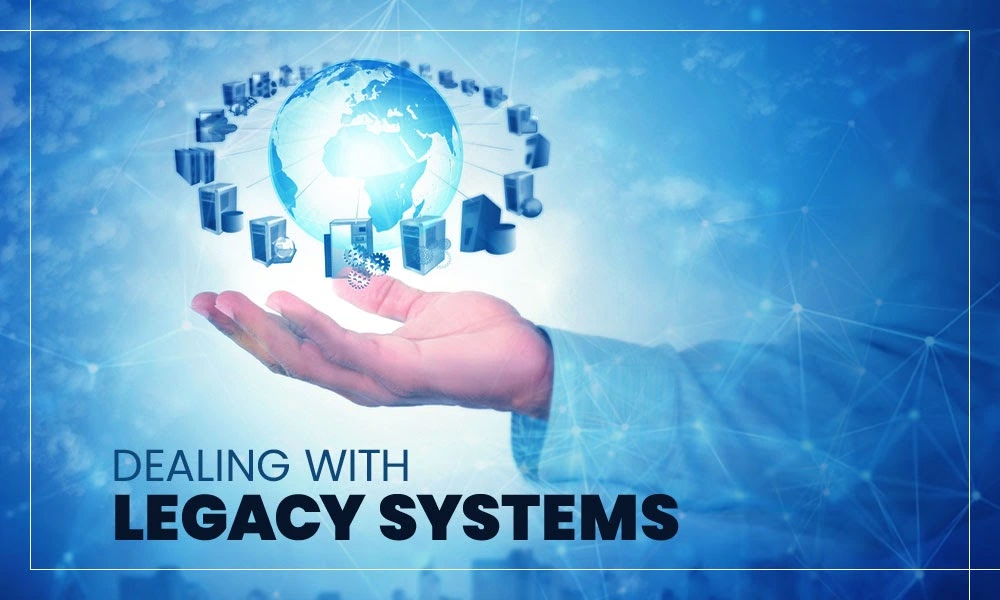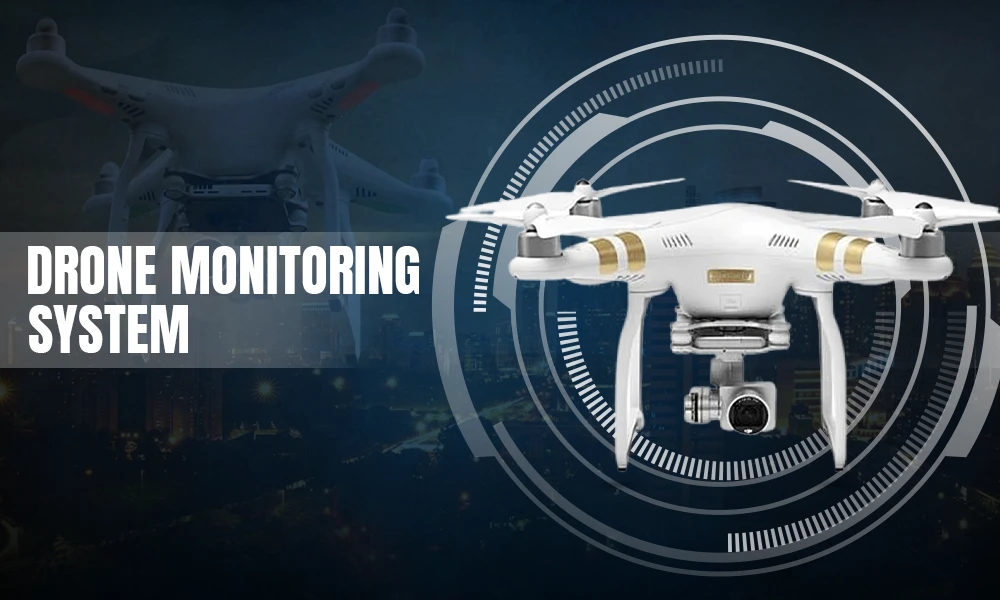Dealing with Legacy Systems: The Main Approaches

A legacy system is an information system used by an organization to support mission-critical operations. Legacy systems are often years or even decades old, and they may be based on outdated technologies. While legacy systems can be challenging to maintain and upgrade, they often provide essential functions that cannot be easily replaced.
As a result, many organizations must strike a balance between keeping their legacy systems running and investing in new technologies. In some cases, organizations may choose to migrate their legacy systems to newer platforms. However, this can be a complex and costly process, and it is not always possible to migrate all of the functionality of a legacy system. As a result, legacy systems are likely to remain an important part of many organizations for years to come.
So, how do you deal with legacy systems? This post will discuss the main approaches to dealing with legacy systems. This should serve as a guide for organizations that have found it hard to replace their legacy systems. Let’s delve in!
Encapsulation
Another way of dealing with legacy systems is through encapsulation. This process involves isolating the legacy system from the rest of the organization and creating a new system that interacts with it. This allows the legacy system to continue to function while the rest of the organization moves forward.
There are several benefits to this approach, including improving performance without affecting the legacy system, protecting the legacy system from changes in the external environment, and reducing the cost of maintenance. However, it is essential to note that encapsulation is not a silver bullet and should only be used when it makes sense for a specific situation. However, encapsulation can be a powerful tool for managing legacy systems when done properly.
Re-hosting
Re-hosting involves moving a legacy system to a new server or hosting environment. This can involve moving the system to a new physical server, a virtual server, or a cloud-based platform.
The experts from Dallas software development companies say that legacy system re-hosting can be a significant undertaking for any organization. Not only does it require careful planning and execution, but it also necessitates a clear understanding of the existing system and its dependencies. In many cases, re-hosting can be the best option for bringing an outdated system into the modern age.
By migrating to new hardware and software, organizations can take advantage of the latest technologies while still retaining the core functionality of their legacy systems. In addition, re-hosting can help to improve performance and reliability, making it an attractive option for businesses that rely on their legacy systems.
Re-platforming
Re-platforming involves moving a legacy system to a new platform that provides more functionality than the old one. This can involve moving the system to a new server, a new database, or a new programming language.
According to Entrance, Dallas software development experts, re-platforming can be a complex and costly process, but it can be necessary to keep a legacy system running on modern hardware and software platforms. In some cases, it may also be possible to re-platform only part of a legacy system, simplifying the process and reducing costs.
One of the biggest advantages of re-platforming legacy systems is increased efficiency. Newer platforms are often more user-friendly and require less training for employees. They can also automate tasks that used to be manual, saving time and money. In addition, re-platforming can help to improve security and compliance. Businesses can protect themselves from data breaches and other threats by moving to a more secure system.
Finally, re-platforming can open up new opportunities for growth. By modernizing an old system, businesses can tap into new markets and reach new customers. With so many benefits, it’s no wonder that Legacy system re-platforming is becoming increasingly popular.
Refactoring
Legacy system refactoring is rewriting computer code from an existing system to improve readability, extensibility, maintainability, or other attributes. The term “refactor” generally refers to a change made to the internal structure of software to improve some non-functional attribute without changing its overall functionality. In contrast, a rewrite is a more radical change that alters the software’s external behavior as well.
Legacy system refactoring is usually undertaken to address one or more specific pain points that have been identified in an existing system. However, it can also be done for general purposes, such as preparing for a technology upgrade or porting the system to a new platform. Regardless of the reasons for undertaking legacy system refactoring, it is important to approach the task with care and forethought. Attempting to blindly refactor code can lead to unintended consequences and introduce new bugs into the system.
Therefore, it is important to have a clear plan for what sorts of changes will be made and how they will be tested before making any changes to the production code. With careful planning and execution, however, legacy system refactoring can be an effective way to improve code quality without breaking existing functionality.
Re-architecting
Legacy system re-architecting is the process of modernizing these outdated systems. This can involve anything from updating the underlying infrastructure to redesigning the user interface. Legacy system re-architecting can be a complex and challenging undertaking, but it can also significantly improve efficiency and productivity. With the help of an experienced partner, legacy system re-architecting can help your business prepare for the future.
Conclusion
Several different approaches can be taken when dealing with legacy systems. The best option will vary depending on the specific system and the organization’s needs. However, some of the most common approaches have been covered in this post. By understanding these options, businesses can make informed decisions about how to best deal with their legacy systems.










